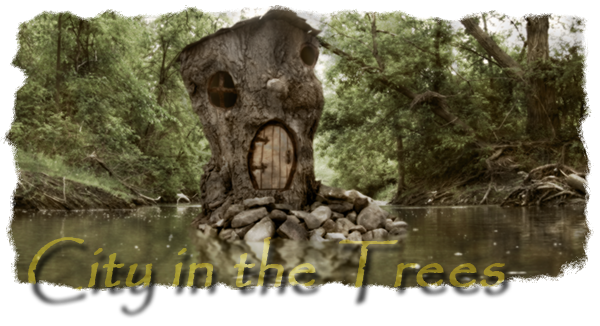Bassmentbeats on Flickr suggested I might want to check out the old bridge over the Humber on what once was Major Mackenzie Drive (or whatever it was called before then). It's a small one-lane bow arch bridge, bypassed some time ago by a new sweep of the road that, oddly, makes Major Mac discontinuous at Hwy 27, when it had been more or less continuous before.
We had a huge snowfall this weekend that caused me to cancel other plans. But I knew I was okay till at least Saturday afternoon, so I decided to head out there Saturday morning. It seemed likely it was a good prospect for wide angle shots, so I put the 18-55 lens on the XT and then the 0.4x modifier on that. I also brought the S80 and S70. I knew I'd want to track the trip, so I emailed myself to remember to turn on the PhotoTrackr, and I did.
I headed west about 9, I think. 401, 427, off at Hwy 7, then up Hwy 27. The PhotoTrackr route shows the little detour I made by turning one street too soon before Hwy 27. It's getting pretty built-up around there now.
When I got to the street, now called Humber Bridge Trail, it was surprising in a number of ways. First was how narrow it is. It was so tight, I wondered if I might be blocking people just by parking on it. Second was how short it was. You could walk the entire length in less than three minutes, I'd say. From the bridge, you can still see traffic going by on Hwy 27. But most surprising of all, just the other side of the bridge, the road ends at the foot of a steep drop-off from the heights into the valley. Looking at GoogleMaps, I'd never anticipated that. Just looked like a flat area of overgrowth where the road must have once been. The drop is so sharp, I'm hard-pressed to imagine where the road up the rise ever was. Obviously, there must have been one, or they never would have built the bridge there in the first place. Maps I've seen suggest it was probably south of the bridge, but looking at GoogleMaps, I'm still flummoxed trying to imagine where exactly it was or how it descended.
According to info I found online from York Region, the bridge was built in 1914, so it's closing in on a hundred years old. And it shows. Some of the concrete cladding has entirely fallen away, and rusty iron rebar is exposed like the bones of flesh torn off an arm... that's the image it evoked in me. If a bridge were alive, how this one would be suffering. The by-law — and the signs on the bridge confirm this — limit the weight of vehicle traffic to 5 tonnes. Probably the only reason the bridge is still open to vehicle traffic at all is that there is one, count it, one home on the other side, cut off from the rest of the world without that bridge.
And so the photography began. I took any number of shots with all three cameras, many of them pairs to be welded into 3D images later. When I got done, later on, mining them for good shots, I was surprised now often the ones I found really striking were the infrared ones. I only brought the S70 along as an afterthought, since I generally discount the use of infrared photography once the trees are bare. It's good to keep in mind.





After a few minutes I followed a path into a field on the northeast side upriver to get the bridge in context (and I needed to take a leak). By this time, my hands were freezing (hey, ever try to shoot with gloves?) and I was losing feeling in them. So I went back to the car to warm up and plan. I also wanted to shoot back the other way within my car in the shots, so I drove across the bridge, got my hands pink again, and left the car running while I completed some shots facing west. It was what it was, and I headed home in anticipation of the storm that arrived that evening.







In retrospect, it's surprising to me just how many abandoned bridges exist, or have remnants, on the Humber. I might be wrong, but it seems above average for the rivers I know well.


No comments:
Post a Comment